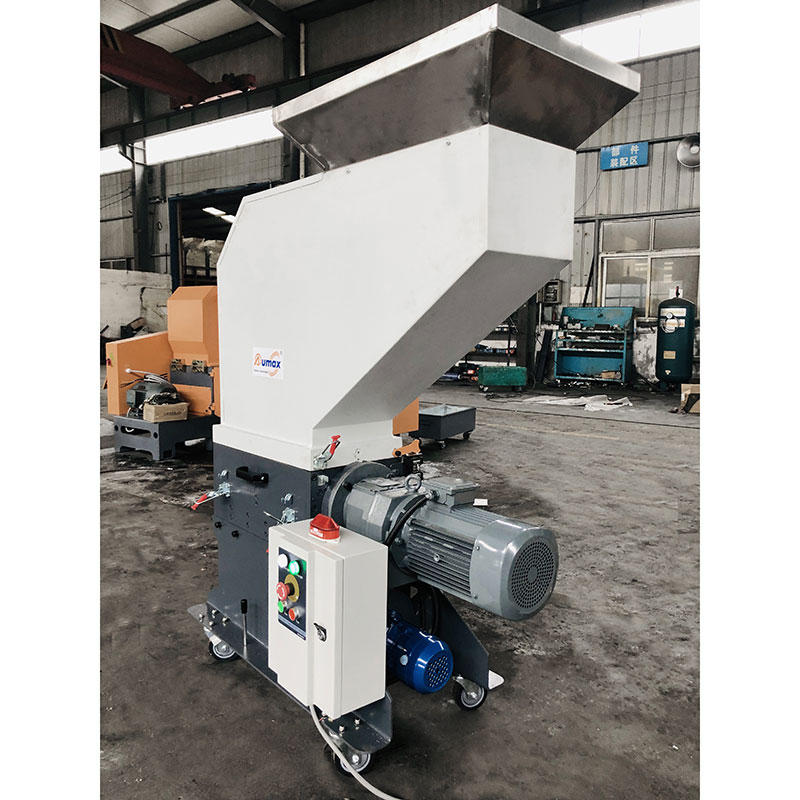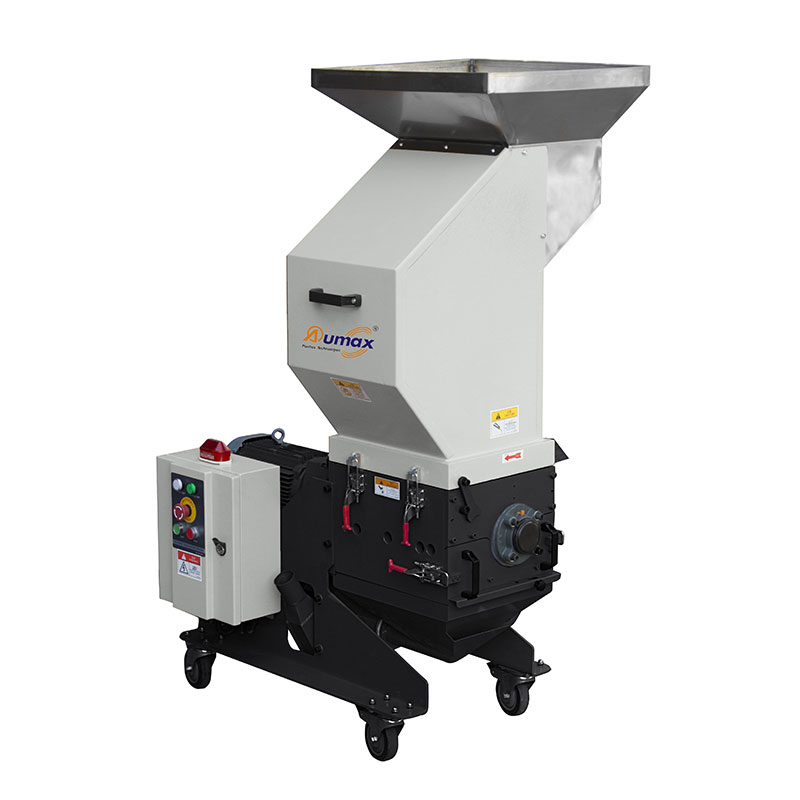Slow Speed Plastic Granulator
A slow-speed plastic granulator, also known as a low-speed plastic granulator or a slow-speed plastic shredder, is a type of plastic processing machinery designed to reduce plastic materials into smaller granules or particles at a very slow and controlled pace. These granulators operate at much lowe......
Send Inquiry
Product Description
A slow-speed plastic granulator, also known as a low-speed plastic granulator or a slow-speed plastic shredder, is a type of plastic processing machinery designed to reduce plastic materials into smaller granules or particles at a very slow and controlled pace. These granulators operate at much lower speeds compared to high-speed granulators or shredders. Slow-speed granulators are typically chosen for applications where precision and minimal heat generation are critical. Here are some key features and characteristics of slow-speed plastic granulators:
1. Slow Rotating Blades: The most defining feature of slow-speed plastic granulators is the use of cutting blades that rotate at a significantly slower speed than high-speed counterparts. This slow cutting speed minimizes friction and heat generation during the granulation process.
2. Precise Size Control: Slow-speed granulators are capable of producing granules with a high degree of precision in terms of size. They are often used in applications where uniform granule size is crucial, such as in the pharmaceutical and food industries.
3. Low Heat Generation: Because of their very slow operation, these granulators generate minimal heat during plastic processing. This is beneficial when working with heat-sensitive plastics.
4. Low Dust and Noise Levels: Slow-speed granulators typically produce minimal dust and operate at low noise levels. This makes them suitable for indoor environments and applications where noise control and cleanliness are important.
5. Energy Efficiency: Slow-speed granulators are more energy-efficient due to their lower power consumption compared to high-speed machines. This results in cost savings in terms of energy consumption.
6. Material Compatibility: They can process a wide range of plastic materials, including soft materials like films, foams, and thermoplastics, as well as materials that are sensitive to heat and require gentle granulation.
7. Safety Features: Slow-speed granulators often include safety features such as safety guards and emergency stop buttons to protect operators.
8. Material Recycling: They are commonly used in recycling processes to convert plastic waste into reusable granules, which can be used in the manufacturing of new plastic products.
9. Ease of Maintenance: Slow-speed granulators are relatively easy to maintain, with fewer wear and tear issues compared to high-speed granulators.
10. Customization: Some slow-speed granulators offer flexibility in terms of configuring and adjusting the size of the cutting blades, allowing operators to customize the machine to meet specific requirements.
Slow-speed plastic granulators are commonly employed in various industries, including plastics, pharmaceuticals, food processing, and recycling facilities. They are especially chosen for applications that demand precise granule size control, minimal heat generation, low dust and noise levels, and energy efficiency. When selecting a slow-speed granulator, considerations should include the type of plastic material to be processed, the desired granule size, and the specific production capacity required.
These machines contribute to sustainable practices by facilitating the recycling of plastic waste and the efficient utilization of plastic materials in manufacturing processes, all while maintaining a high level of control and precision.










